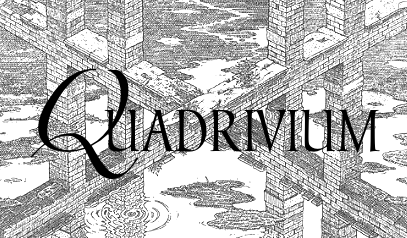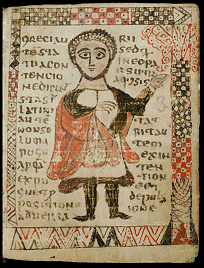XVIII Colloque international de paléographie latine
St Gallen, 11-14 • IX • 2013
Tema: “O Scriptorium”
St Gallen, 11-14 • IX • 2013
Tema: “O Scriptorium”
Texto completo do call for papers, disponível em várias línguas em http://www.palaeographia.org/cipl/stGall/index.htm
data limite: 1 de Junho de 2012
excerto
excerto
1. The word and its meaning
a) The use and usage of the word scriptorium (and its synonyms); the evidence of different kinds of source (literary, iconographic, etc.) for its existence as an institutional entity.
b) In what ways have scholars and writers of the classical, post-medieval and contemporary periods used the term or expressed the same concept?
2. Practice
a) Ecclesiastical requirements with regard to books for study, the liturgy and archives.
b) The location of scribal activity within monastic, conventual, university and any other communal settings.
c) The personnel and organisation of copying in scriptoria.
d) Collaborative production within the centralised orders (Cluniac, Cistercian, etc.).
e) The production of books in relation to teaching activity.
f) The copying of texts as a spiritual exercise.
g) The production of charters and other forms of administrative or diplomatic document (cartularies, etc.) within scriptoria.
h) Other forms of writing (inscriptions, in particular) that might be related to the activity of a scriptorium.
i) The coexistence of scriptoria and other forms of scribal organisation of a commerical kind (writing-offices, workshops)
3. Interpretation
a) How can one prove the existence of a scriptorium?
b) How can one demonstrate the attribution of a manuscript to a particularscriptoriumc) How might the products of a scriptorium be evaluated quantitatively and qualitatively?
d) What factors (institutional, economic, political, social, cultural) shape the development or decline of a scriptorium?
e) What combination of historical factors are required to sustain the productivity of scriptoria?
f) What changes can be observed in the nature and function of scriptoria
g) To what extent have palaeographical, codicological and art-historical typologies been based upon the assumed existence of scriptoria?
Proposals for papers, with details of current position and/or status, should be sent to D. Muzerelle, General Secretary of the Comité (endereço electrónico) before June 1, 2012 together with a synopsis of between 1000 and 2500 characters (not counting spaces).
Proposals and papers should be given in one of the approved languages of the Comité:
English, French, German, Italian, Spanish (Castillian).
Prospective contributors are invited to indicate which issue or issues itemized above will be addressed. Preference will be given to papers that intend to examine one or two issues in depth rather than to surveys of a large number of them. Some indication of the visual material that authors intend to support their papers is also desirable.


No comments:
Post a Comment